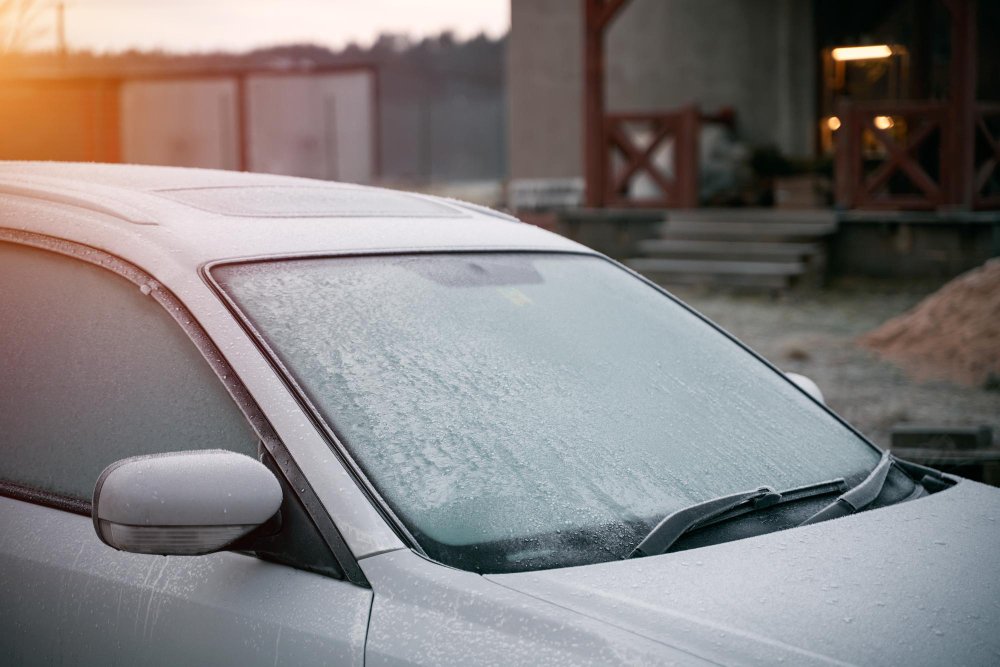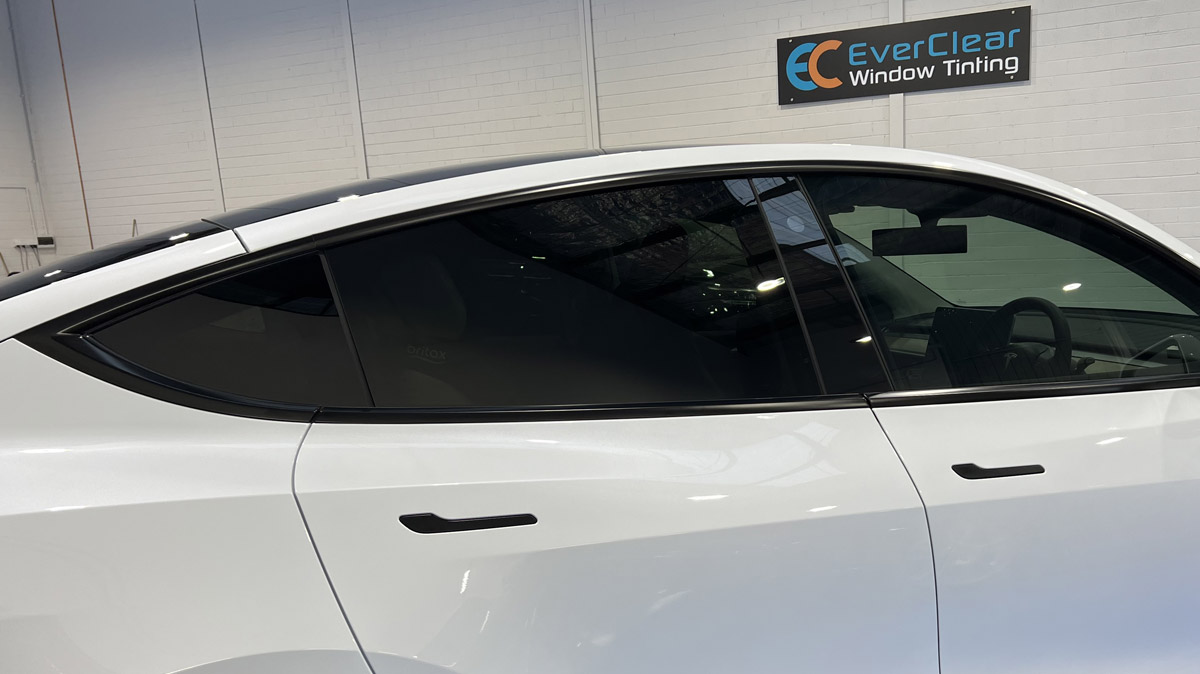Whatever You Need to Understand About Car Window Tinting Options
Whatever You Need to Understand About Car Window Tinting Options
Blog Article
Home Window Tinting Laws and Guidelines: What You Required to Know Before Tinting Your Vehicle
Prior to continuing with window tinting for your automobile, it is vital to acquaint on your own with the diverse regulations and standards that regulate this technique throughout different states. These guidelines determine the permitted levels of color darkness, often determined by noticeable light transmission (VLT) portions, and consist of particular specifications for front windscreens aimed at ensuring road safety and security.
Introduction of Window Tinting Regulations
Home window tinting laws are regularly subject to variation across various territories, mirroring neighborhood guidelines and safety factors to consider. These legislations determine the permitted degrees of tint darkness and reflectiveness on car home windows, making sure that motorists keep adequate presence while also securing versus harmful UV rays and heat.
Many guidelines identify window tinting based on the Visible Light Transmission (VLT) portion, which shows the quantity of light that can travel through the window. Normally, reduced VLT portions represent darker colors. Laws commonly set apart between the front, side, and back windows, with stricter restrictions related to the front windscreen to boost safety for both the driver and other roadway individuals.
Compliance with home window tinting laws is important, as offenses can result in fines, necessary removal of the tint, and possible boosts in insurance policy costs. It is crucial for lorry owners to familiarize themselves with regional regulations prior to proceeding with home window tinting setups.
State-by-State Color Laws
Recognizing the certain window tinting regulations in each state is important for lorry proprietors seeking to abide with the regulation. Each state in the united state has developed its own set of regulations controling home window tinting, which can differ substantially. These guidelines frequently dictate the allowed levels of tint darkness, the kinds of home windows that can be tinted, and any type of medical exceptions that might apply.
As an example, states like California have rigid constraints on color darkness for front home windows, while others, such as New Mexico, may permit darker colors. Furthermore, specific states mandate details exposure percents for various windows, including the windshield, front side windows, and rear windows. It is crucial for automobile proprietors to familiarize themselves with their state's legislations to prevent prospective penalties or fines.
Furthermore, some states might need a certification sticker label to be put on tinted windows, showing conformity with state laws. Failure to adhere to these regulations not just runs the risk of legal repercussions yet can likewise affect safety and security and exposure while driving. As a result, car proprietors must perform complete research study or seek advice from regional authorities to make certain complete understanding and compliance with state-by-state tint guidelines.
Allowed Color Degrees and Kinds
Lots of automobile proprietors might be surprised to find out that allowed tint degrees and types differ extensively across different states. Each state has developed its very own policies pertaining to the permissible darkness and reflectivity of home window color, frequently determined by Visible Light Transmission (VLT) portions. VLT refers to the amount of light that can pass via the colored windows; thus, a reduced percent shows a darker color.

In addition, the sorts of color materials enabled can vary, with some states forbiding metallic or mirror-like surfaces. It is essential for automobile owners to acquaint themselves with their state's specific legislations to make certain conformity. Non-compliance can cause fines, compulsory removal of the color, or other legal effects, making it important to understand these regulations prior to proceeding with installation.
Medical Exceptions for Tinting
While not all states supply allocations for medical exceptions relating to window tinting, those that do recognize the need for specific individuals to improve visibility and comfort as a result of medical conditions. Numerous medical conditions, such as lupus, skin cancer, and particular eye disorders, can provide people specifically delicate to sunlight. As a result, these individuals might need darker tints to shield themselves from dangerous UV rays and glow.

It is very important to note that despite a medical exception, there may still be limitations on the degree of color allowed. Conformity with state legislations makes sure that people are both secured and within lawful limitations. Those thinking about medical exemptions need to contact their local Department of Electric motor Cars or equal authority to comprehend the procedures and requirements needed to obtain an exception efficiently.
Charges for Non-Compliance
Stopping working to conform with window tinting legislations can cause considerable charges, which vary by state. Law enforcement firms are encouraged to issue citations for lorries that do not stick to the defined tinting policies. These charges usually include fines, which can range from modest total up to numerous hundred dollars, depending upon the seriousness of the infraction and the state in inquiry.
In some territories, repeated offenses might result in intensifying penalties or added fines, such as necessary court looks. Additionally, non-compliance may necessitate the elimination of illegal tinting, commonly at the owner's cost. In extreme situations, regular wrongdoers may face suspension of their lorry registration till straight from the source conformity is achieved.
In addition, insurance policy ramifications may develop from obtaining multiple citations for window color infractions. Insurance providers might watch such violations as an indicator of riskier actions, potentially resulting in raised costs or trouble in protection.
To stay clear of these penalties, it is essential for vehicle owners to familiarize themselves with their regional window tinting laws and ensure that their lorry complies (Window Tinting). This aggressive method not just avoids legal implications but additionally promotes roadway safety
Final Thought

Most guidelines identify window tinting based on the Visible Light Transmission (VLT) percent, which suggests the quantity of light that can pass through the home window. Compliance with home window tinting policies is crucial, as infractions can result in penalties, required elimination of the tint, and possible rises in insurance policy premiums.Recognizing the specific home window tinting guidelines in each state is important for car proprietors seeking to comply with the regulation. These guidelines usually dictate the allowable degrees of tint darkness, the types of home windows that can be tinted, and any kind of clinical exemptions that may use.
For circumstances, states like California have strict limitations on tint darkness for front home windows, while others, such as New Mexico, may permit darker tints.
Report this page